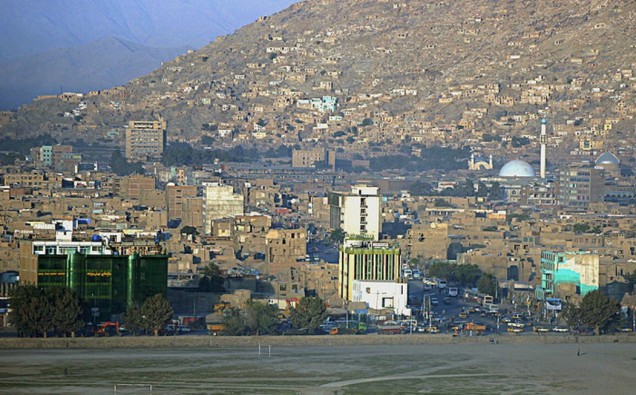
Afghanistan conflict is experiencing a “shockingly high” rate of deaths among security forces and a record number of casualties among civilians, a U.S government watchdog says amid uncertainty surrounding the future of the country.
“Casualties suffered by Afghan National Security Forces in the fight against the Taliban and other insurgents continue to be shockingly high,” a report noted.
The U.S. special inspector general for Afghanistan reconstruction sent a report to Congress, detailing progress and challenges. In the first six weeks of this year, 807 Afghan soldiers were killed, John Sopko, head of the watchdog says.
Last year, civilian casualties spiraled to 11,418, the highest since the United Nations began keeping records in 2009.
Afghan forces continue to face internal problems — such as poor leadership and corruption— as well as a determined foe that is making it difficult for them to control territory.
The quarterly report says more than twice as many Afghan soldiers and police personnel were killed in 2016 as the 2,400 U.S. troops lost since 2001.
Sopko’s findings coincide with President Donald Trump’s ongoing review of U.S. Afghan policy. In April, Defense Secretary James Mattis and National Security Adviser H R McMaster visited Afghanistan to have a first-hand assessment of the deteriorating situation in the landlocked country. Some military leaders have suggested that President Trump should go for a surge of troops in Afghanistan as a way to stabilize the country.
The Obama White House, which was responsible for a lot of missteps on Afghanistan its failure to engage Pakistan productively, announced in July last year that 8,400 U.S. troops would remain in Afghanistan into 2017 instead of the planned 5,500 number.
“Afghan military and police forces have grown, taken lead responsibility for the country’s security, and show increased effectiveness,” Sopko notes.
But at the same time the report has a seriously cautionary tone.
“Yet serious problems persist. A dangerous and stubborn insurgency controls or exerts influence over areas holding about a third of the Afghan population.”
Independent analysts believe Kabul – torn along ethnic and political lines – controls less than 50 percent of the Afghan territory.
A few weeks ago, a serious security breach resulted in the Afghan Taliban killing more than 100 Afghan troops in one of the deadliest attacks.
While Kabul has been complaining that the Afghan Taliban insurgency draws support from Pakistani safe havens, recently Iran and Russia have emerged as other major supporters of the militants, who ruled Afghanistan at the time of al-Qada perpetrated 9/11 terrorist attacks.
During Mattis’ visit to Afghanistan, U.S. officials and military leaders for the first time said Russia was supplying weapons to the Taliban. Afghan journalists have termed Moscow’s backing for the Taliban from the northern parts of the country as a game-changer in the perilous security scenario.
Moscow has openly backed the Taliban’s reconciliation while Washington under the new Administration has not articulated its strategy and is waiting for completion of the review.
In addition to the Afghan Taliban, the ISIS has sprung up as the other major security challenge in the country. In an unprecedented move, the U.S. dropped the largest non-nuclear bomb on an ISIS hideout in Nangarhar province – drawing a mixed reaction from the Afghan leaders.


















